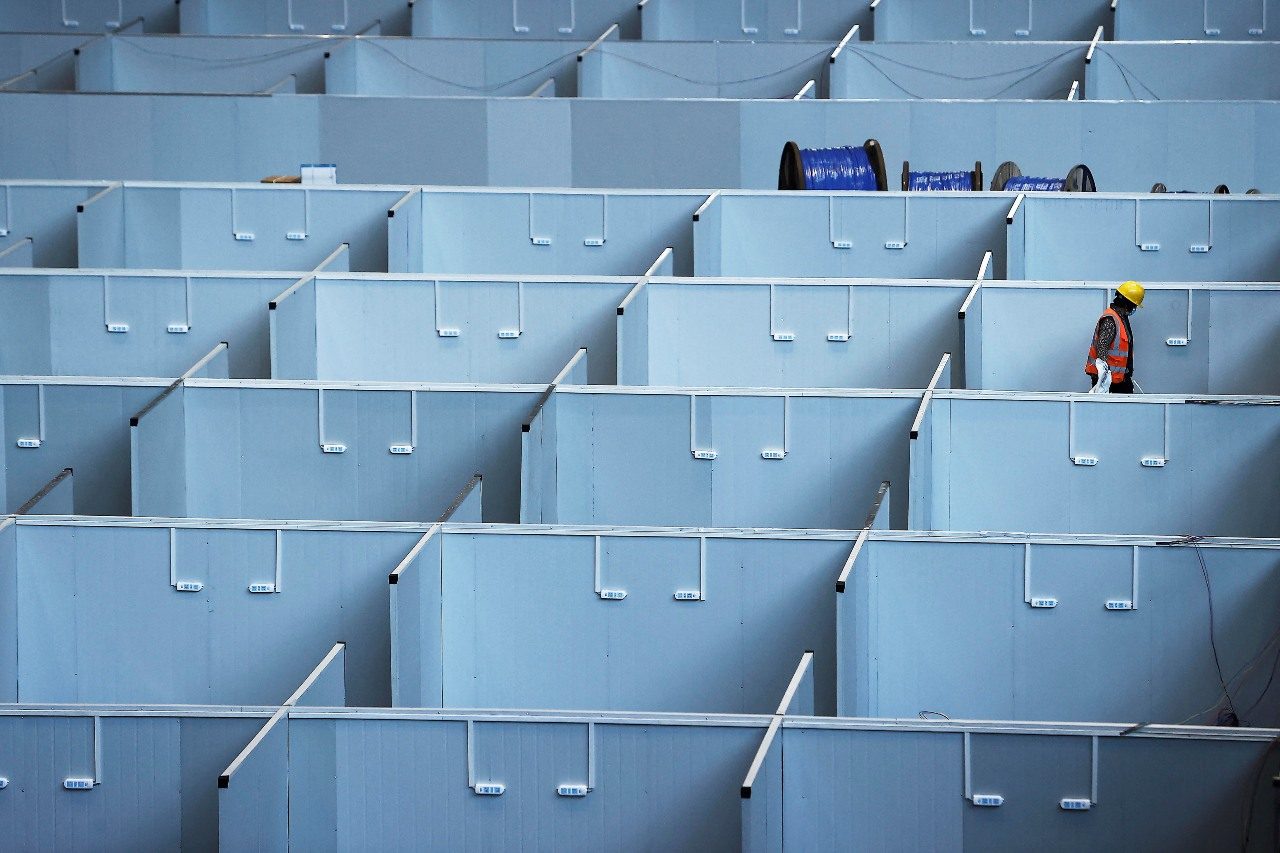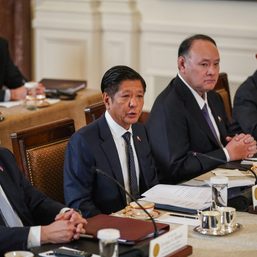SUMMARY
This is AI generated summarization, which may have errors. For context, always refer to the full article.

SHANGHAI, China – Shanghai on Friday, April 8, announced a record 21,000 new cases and a third consecutive day of COVID-19 testing as a lockdown of its 26 million people showed no sign of easing and other Chinese cities tightened curbs – even in places with no recent infections.
Beijing intervened in Shanghai after the failure of its effort to isolate COVID-19 by locking the city down in stages, and insists that the country stick to its zero COVID-19 policy that it says is essential to keeping death rates low and preventing its medical system from breaking down.
Local authorities across China, which have mostly managed to keep COVID-19 at bay for the last two years, are stepping up coronavirus control measures, including movement restrictions, mass testing and new quarantine centers.
Cities that jumped into action this week included Zhengzhou, in central Henan province, which on Thursday, April 7, said it would test all 12.6 million residents after finding a few asymptomatic cases in recent days.
Beijing has strengthened regular screening for employees in the city’s key sectors, requiring all staff at elderly care agencies, schools and institutions handling imported goods to take tests at least once a week.
In Shizong county in southwest China’s Yunnan province, shops were shut, transport suspended and residents barred from leaving their towns or villages after an asymptomatic person returned home from Shanghai and infected a household member.
On Friday the northwestern city of Xian announced it would not allow its citizens to return from or visit areas where the virus is still highly prevalent without making arrangements with pandemic control departments first.
Nomura this week estimated that 23 Chinese cities have implemented either full or partial lockdowns. The cities collectively are home to an estimated 193 million people and contribute 22% of China’s GDP. These include Changchun, a major manufacturing hub that has been locked down for 28 days.
Ernan Cui, an analyst at Gavekal Dragonomics who studied COVID-19 policies announced by China’s 100 largest cities, said most were choosing to keep restrictions in place even after case numbers returned to zero.
“The extremely widespread COVID restrictions beyond Shanghai, and the risk-averse attitude of both central and local government officials, suggest that the economic impact of the various lockdowns will not ease in a matter of days or even weeks,” she said in a note.
If Shanghai’s lockdown continues throughout April, the city will suffer a 6% loss in GDP, amounting to a 2% GDP loss for China as a whole, ING Chief Economist for Greater China Iris Pang said in a note.
The bank has revised its China second quarter growth forecast to 4% year-on-year from 5% year-on-year.
‘Thunderous’ action
Shanghai’s outbreak has surpassed 130,000 cases in total, far exceeding the approximately 50,000 symptomatic cases recorded in the original Wuhan outbreak as of mid April 2020, although Chinese authorities did not start reporting asymptomatic cases until after Wuhan’s peak.
Stories of crowded and unsanitary central quarantine centers and fears of family separation have driven calls for home quarantine in Shanghai, and for China to review its “dynamic clearance” approach.
Although the government has not acceded to these requests, it has started allowing some close contacts to isolate at home and on Wednesday, April 6, eased its policy of separating infected children from their parents. It is also transferring some patients to neighboring provinces.
However, food supply remains a concern with residents, due to a shortage of couriers.
Authorities said they would allow more delivery personnel to leave locked-down areas and on Friday local media reported that platforms belonging to Alibaba and online grocer Dingdong Maicai had recalled roughly 3,500 workers altogether.
On Friday afternoon, an invitation to join an unofficial meeting to discuss Shanghai residents’ opinions about the COVID-19 situation begin circulating in WeChat groups – a development interpreted by some as an indication of mounting frustration with the official response.
The anonymous organizers of the event, which was scheduled for Saturday, April 9, said they would try to submit the meeting’s minutes to the Shanghai government.
Over 100,000 people had registered for the meeting by Friday lunch time although this had abruptly fallen to four people hours later, with no clear reason given.
Shanghai has not indicated when it may lift its lockdown.
Late on Thursday, Wu Zunyou, chief epidemiologist at the China Center for Disease Control and Prevention, said on its Weibo account that action taken in Shanghai had to be “thunderous” to cut off the chain of transmission.
In theory, he said, if multiple rounds of PCR testing were conducted in mega-cities with populations as large as 27 million within 2-3 days, they could reach zero cases “on the community level” within 10 days to two weeks.
“As long as these measures are implemented well, our country’s severe coronavirus epidemic situation will soon improve,” Wu said.
Of Shanghai’s cases, just one is suffering severe symptoms and is under treatment, a health official said on Friday. – Rappler.com
Add a comment
How does this make you feel?





There are no comments yet. Add your comment to start the conversation.